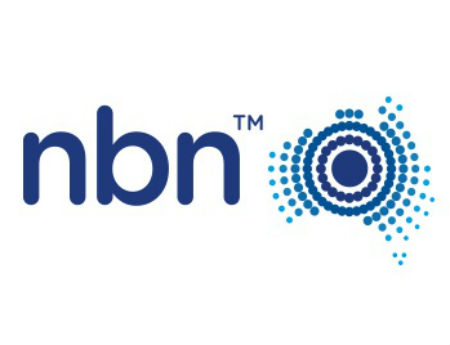nbn Lowers HFC Goals

Australian government-backed National Broadband Network (nbn) said it remains “on track” to complete its stated plan to complete its network build by 2020 and connect 8 million premises, but it will be reducing the amount of hybrid fiber/coax (HFC) required to reach that goal.
In a revised corporate plan released this week, nbn outlined a shift in mix of technology types it will use to connect 8 million premises by 2020.
It originally planned to reach that in part with HFC to 4 million premises that are considered “ready for service” (RFS), but knocked that forecast down to 2.5 million to 3.2 million premises. Anticipated use of fiber-to-the-node/-to-the-basement/and distribution point, meanwhile, rose from 5.1 million premises that are RFS to 6.5 million.
Nbn’s planned use of FTTP (2 million to 2.5 million RFS) and fixed wireless and satellite technologies (900,000 to 1.1 million RFS) remain relatively steady.
According to IT News, nbn CEO Bill Morrow said the change in that deployment mix came after it was able to glean more data from the state of HFC networks it acquired from Telstra and Optus.
"[Last year] we didn't have contracts in place with equipment suppliers and delivery partners… and we lacked a lot of the data associated with exchange information from Telstra and Optus,” he said, according to the publication. We've been able to close all of that out through the year…The data that is available today changed the type of technology we should choose."
In the newly updated plan, nbn now anticipates annual revenue for fiscal year 2020 to be about $5 billion, with ARPU of $52. As for the current state, nbn has 2.9 million premises ready for service, and 1.1 million activated end users. Revenues were $421 million.
Multichannel Newsletter
The smarter way to stay on top of the multichannel video marketplace. Sign up below.
Once everything is in place, nbn expects to have 1-Gig available to 40% of Australians, 100 Mbps to 70%, and 100% getting 25 Mbps or more.
nbn noted that the projected top end of the peak funding range is now $46 million to $54 million, down from $46 million to $56 million, as it was able to minimize many of the uncertainties and cost assumptions in the business.
The government-backed group also noted that it’s fully funded for fiscal year 2017, but that it’s also exploring sources of external debt. Per IT News, nbn will still need to raise another $10 billion to meet its anticipated FY2018 requirement of $39.5 billion.
"We are confident we'll be able to obtain the necessary funds," Morrow said, noting that the process is already underway, according to the report.
nbn recently launched commercial broadband service on Telstra's former HFC network in Ocean Reef, Western Australia, offering up to 100 Mbps down and 40 Mbps for its “retail service providers.”
nbn’s first commercial HFC services occurred in June in Redcliffe, Queensland, via the former Optus network.
Nbn, which uses an open access wholesale model and has tapped Arris as a partner for the HFC portion of its plan, said then that Optus, TPG and Exetel are offering HFC services at launch, with Telstra likely to be joining that group of sellers soon.
Nbn also has plans to launch DOCSIS 3.1 services and target gigabit speeds in the second half of 2017.
